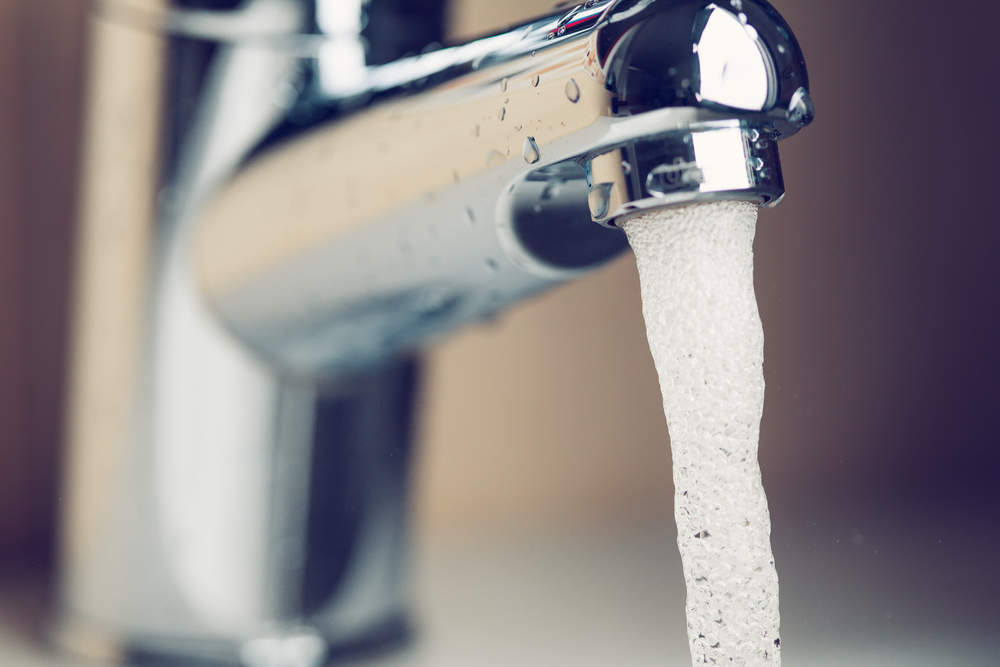No, of course it isn’t. But it’s tapping a niche at the right time.
Here’s why people are going to be buying it despite its high price.
People are always looking for a new health fad: it’s one of the big driving forces behind buying decisions.
After the success of coconut water, the variety of plant water on the market has expanded. These drinks, squeezed from leaves or tapped from tree trunks, are packed with nutrients and electrolytes.
With sugar content increasingly under inspection plant waters have perfectly planted themselves in a niche, one question that remains is whether they are worth the price.
All have little to no extra ingredients added whilst also bringing separate beneficial qualities.
How well do you really know your competitors?
Access the most comprehensive Company Profiles on the market, powered by GlobalData. Save hours of research. Gain competitive edge.

Thank you!
Your download email will arrive shortly
Not ready to buy yet? Download a free sample
We are confident about the unique quality of our Company Profiles. However, we want you to make the most beneficial decision for your business, so we offer a free sample that you can download by submitting the below form
By GlobalDataWhile still niche – and expensive – plant water is beginning to gain more shelf space in supermarkets.
The market is growing
Birch, cactus and maple waters are the most popular with watermelon, artichoke and black water flavours starting to give chase.
And there needs to be more options because some of the flavours are not always easy to come by — and their scarcity keeps the price high.
Maple water, for example, can only be bottled at the beginning of spring for around five to six weeks. This can only generate so much and if done wrong can ruin the tree.
While the target consumers are those on a health binge and have a high disposable income, there’s a gap in the market for people who are bored of unflavoured natural spring water and don’t like artificially flavoured water.
Plant water could also be sold as a hangover cure; prickly pear can supposedly prevent nausea and a dry mouth.
The only thing to consider is that if plant water blossoms, will nature be able to keep up with demand?







